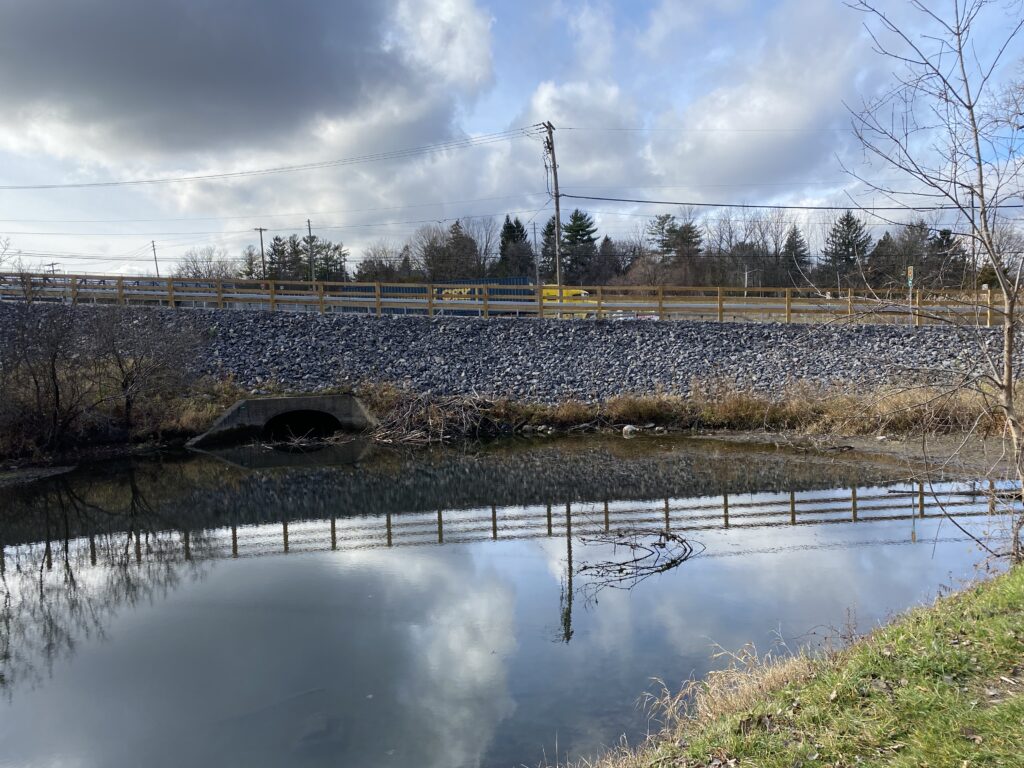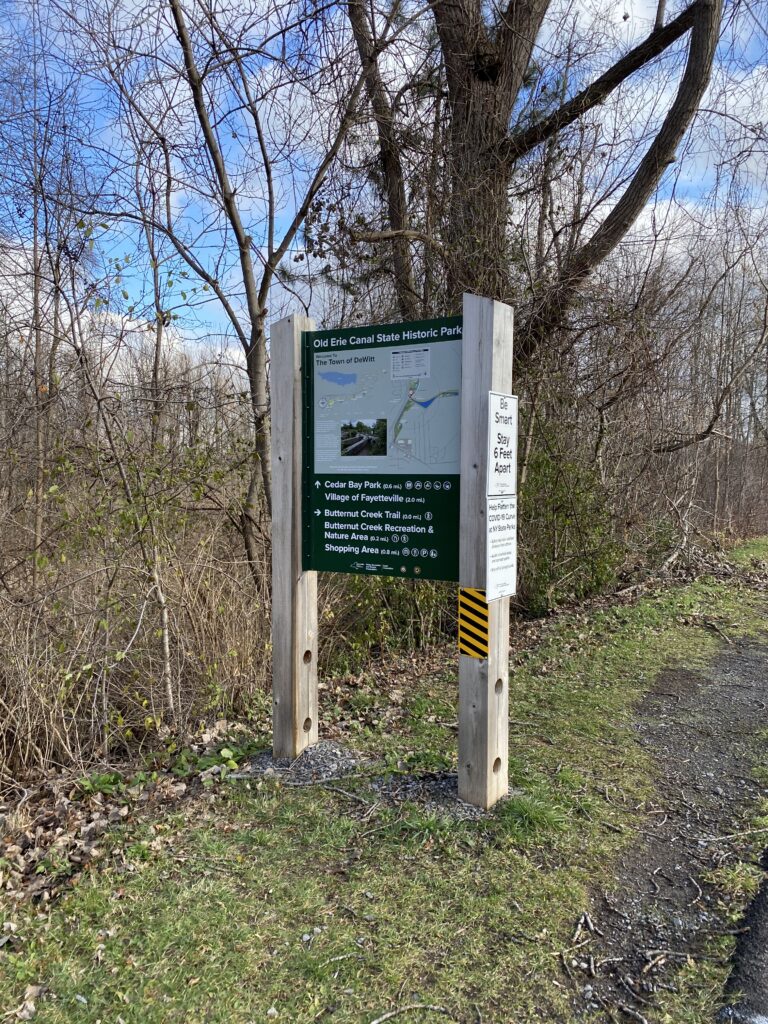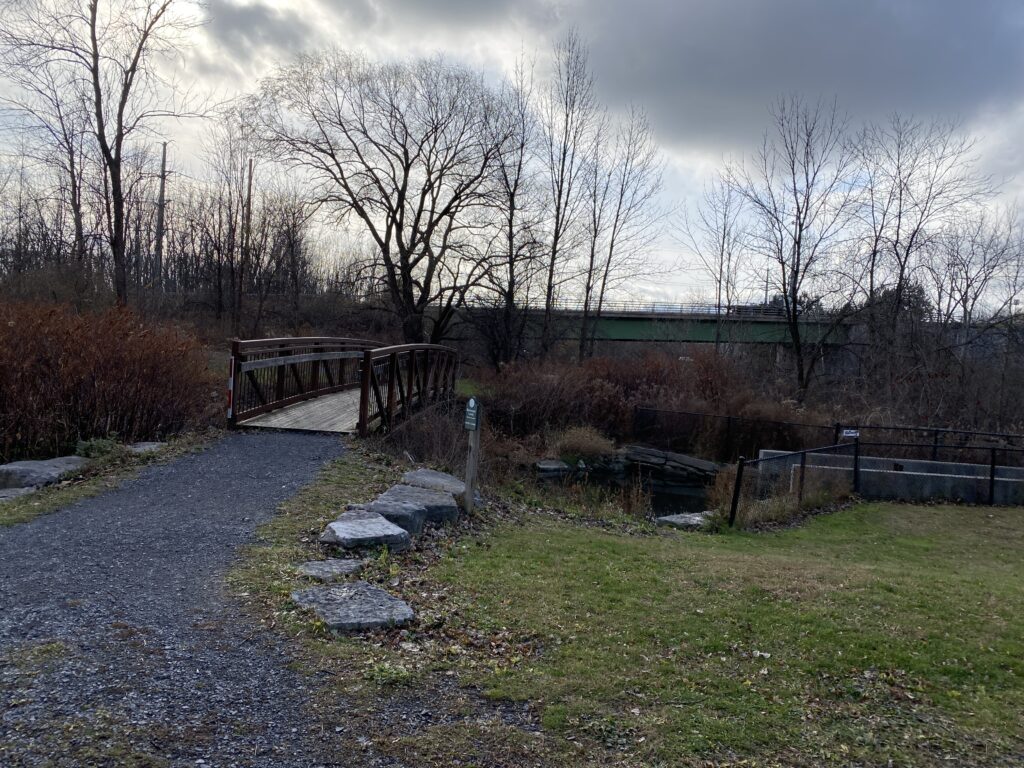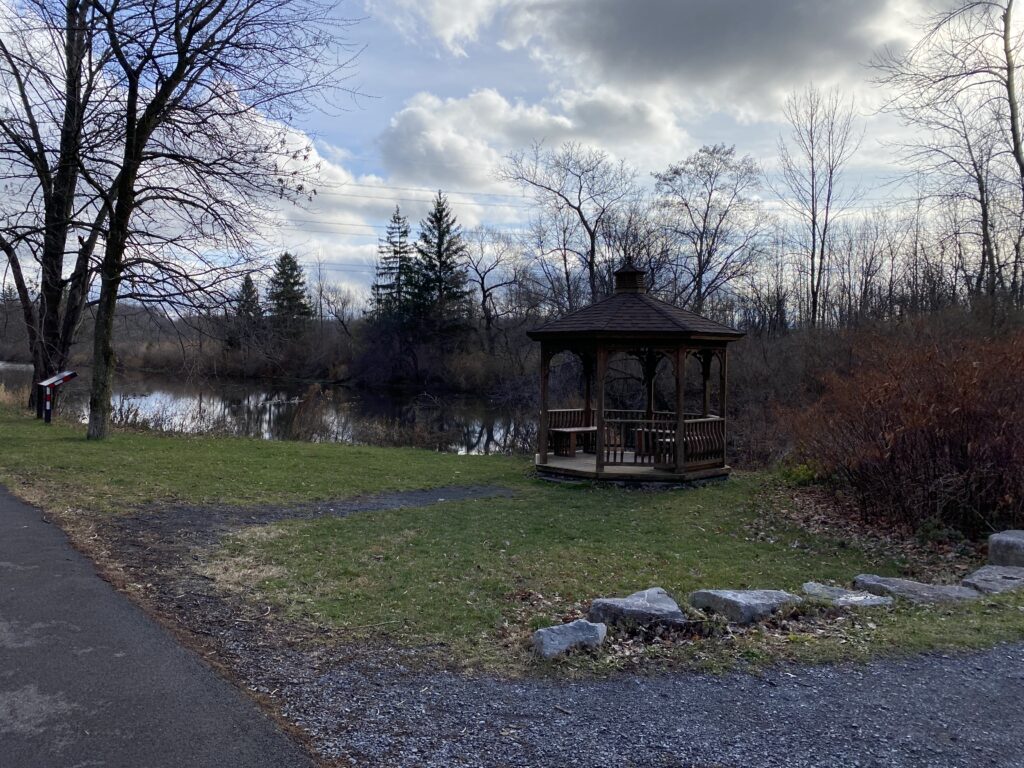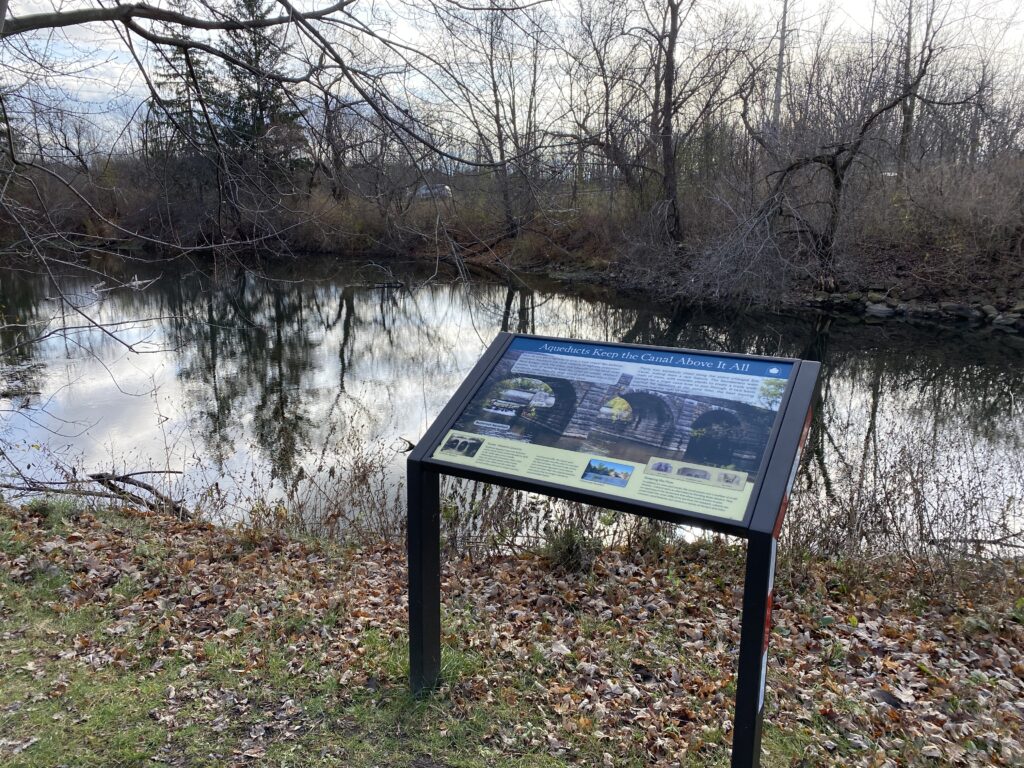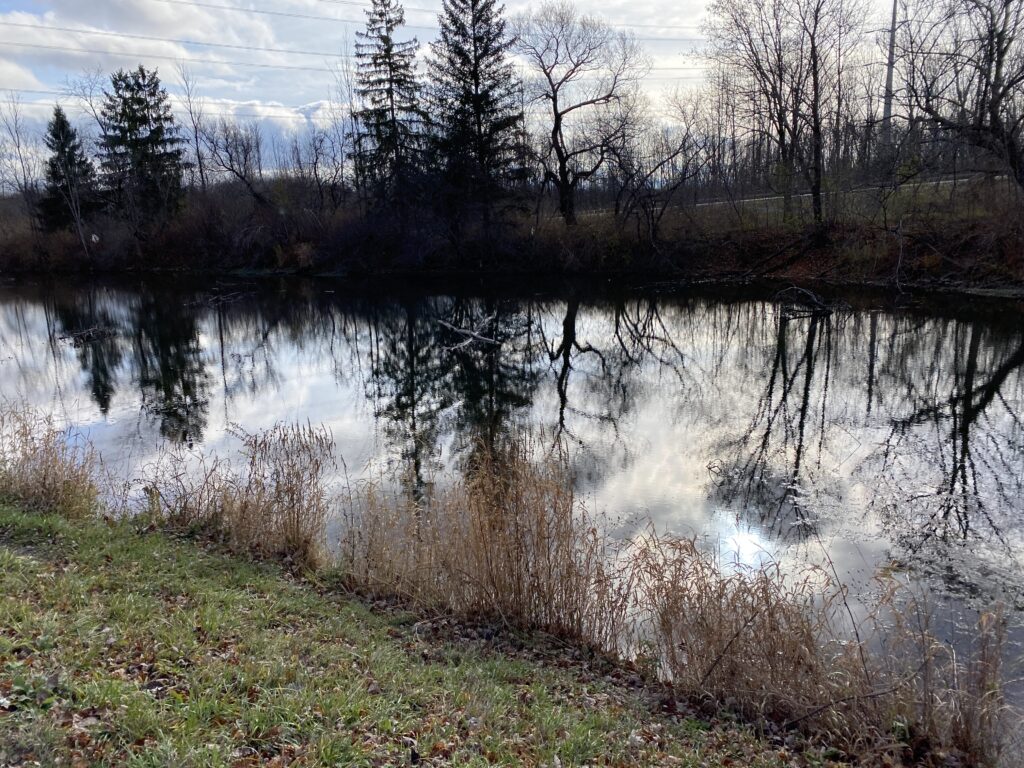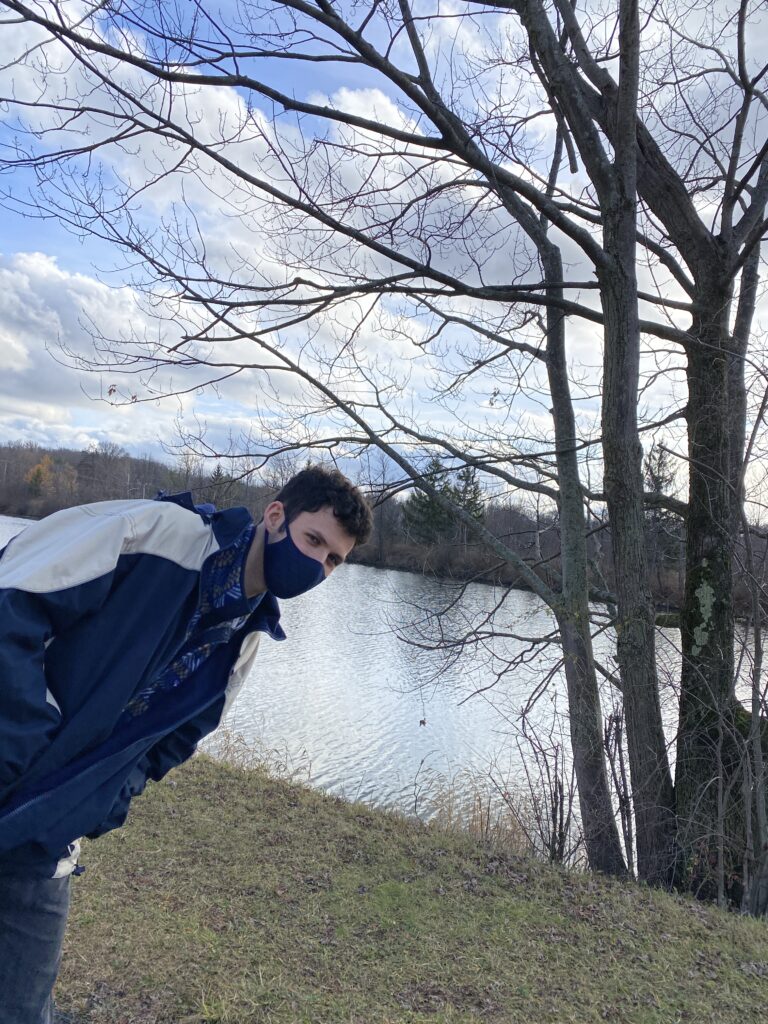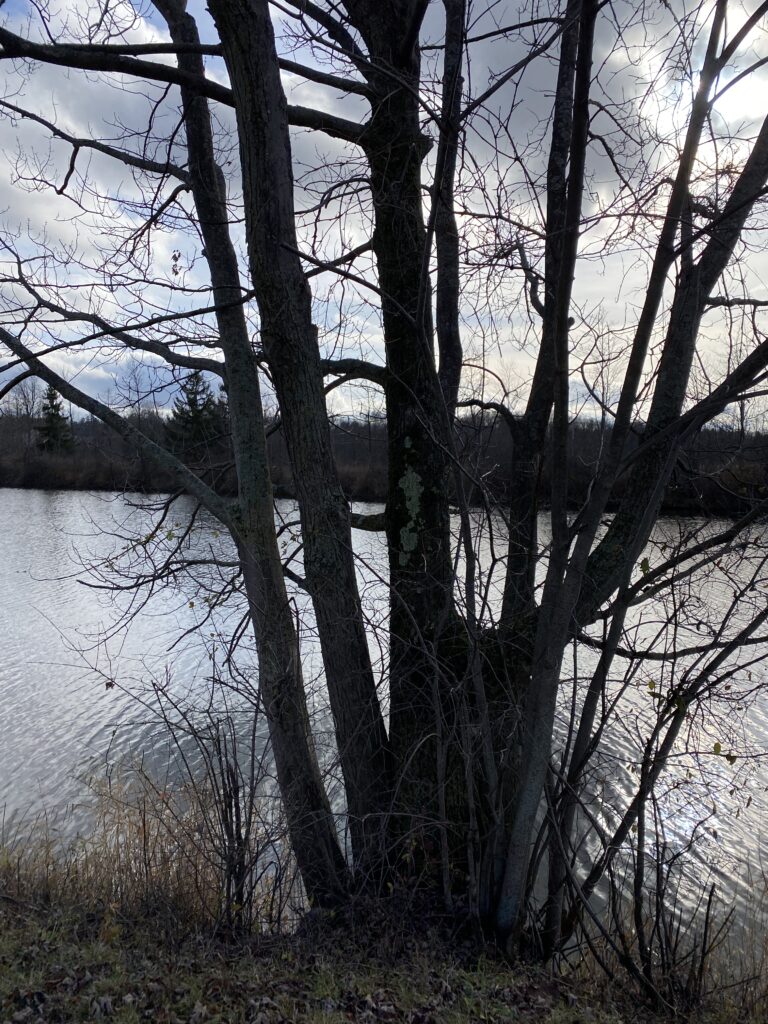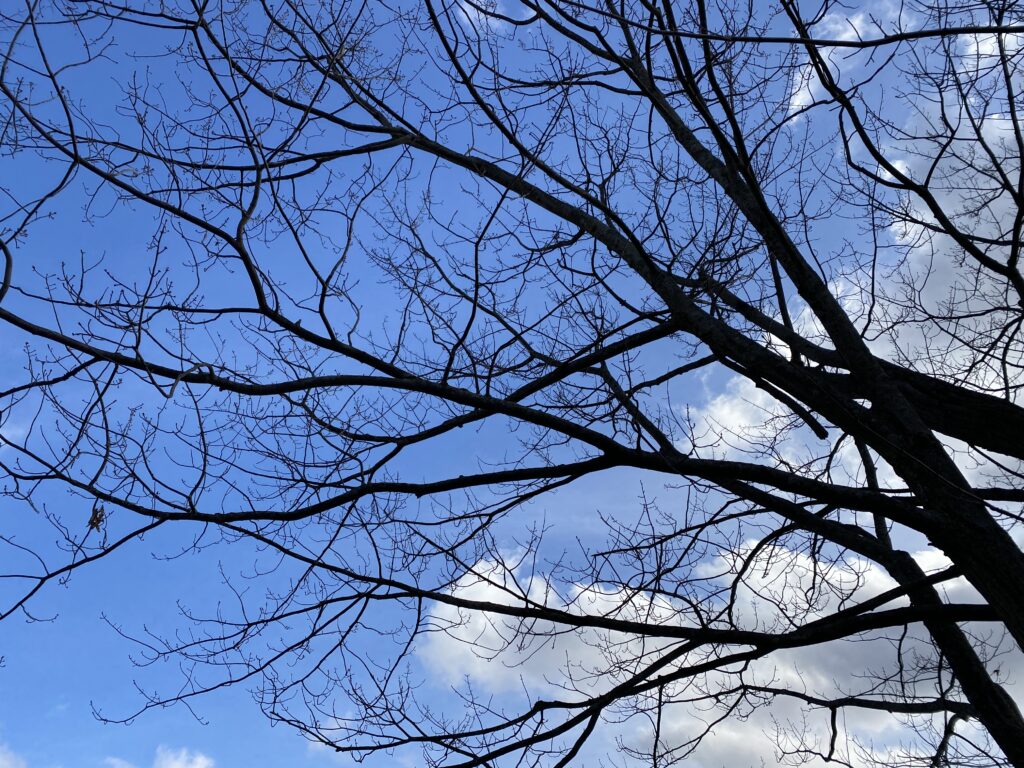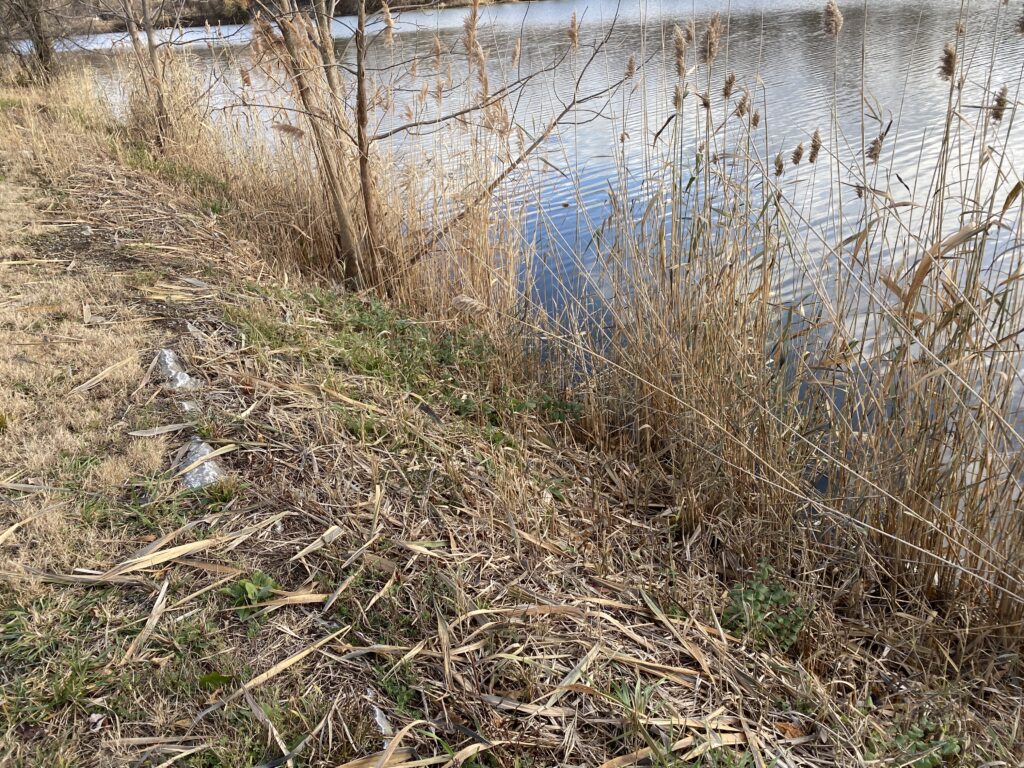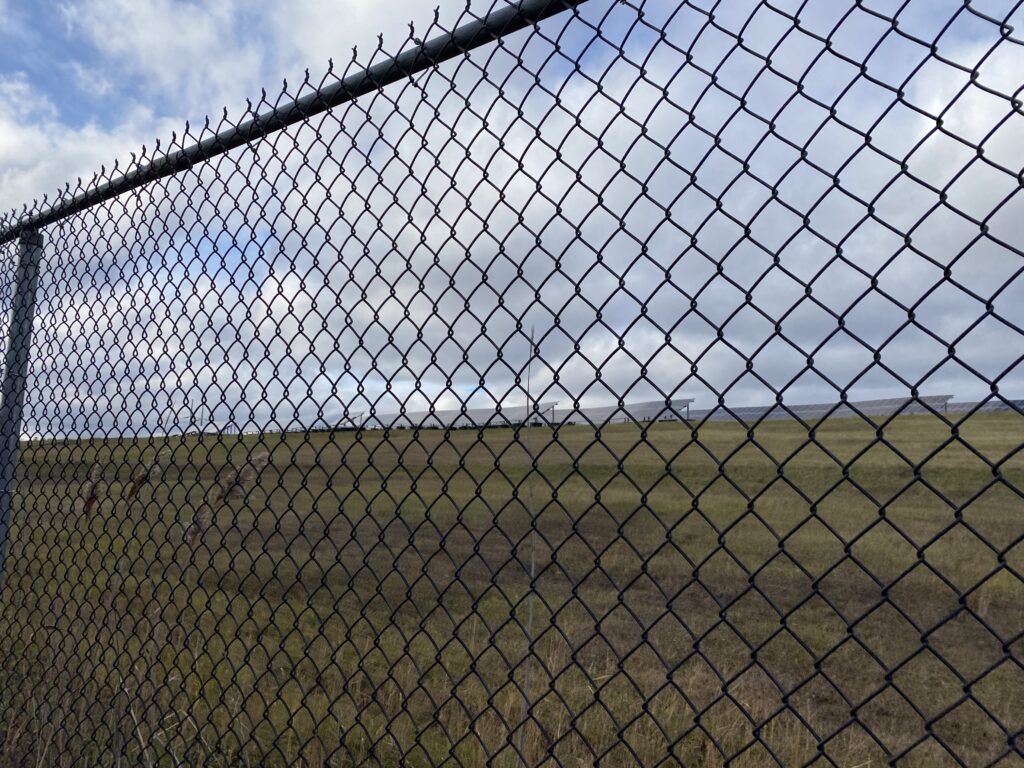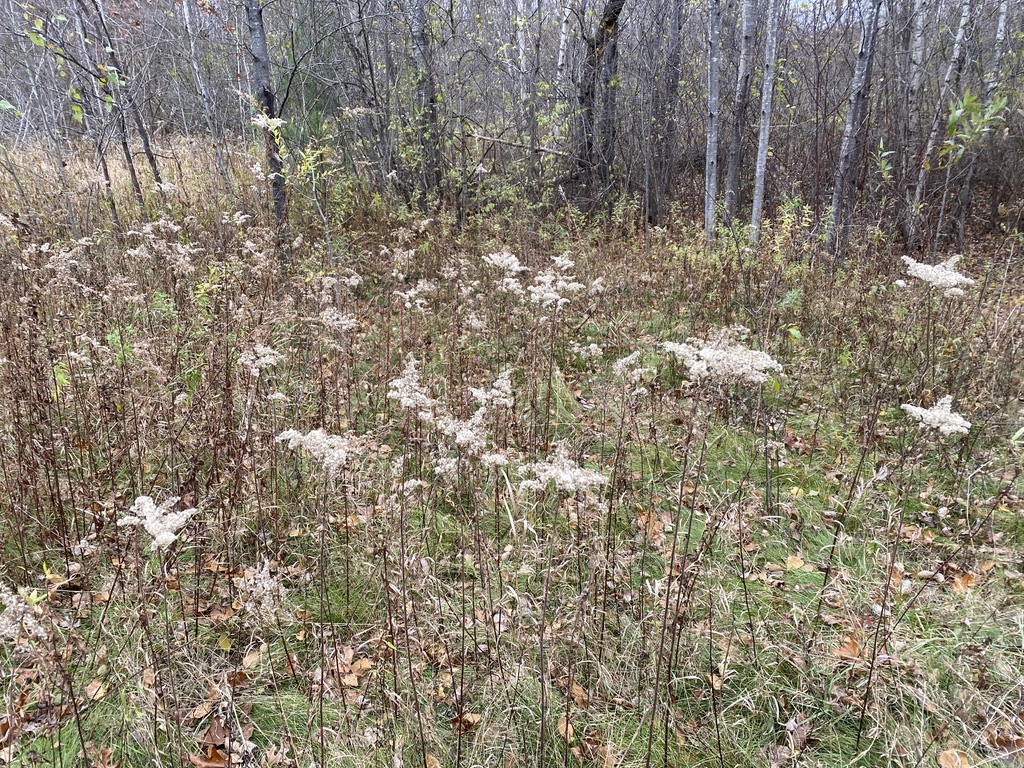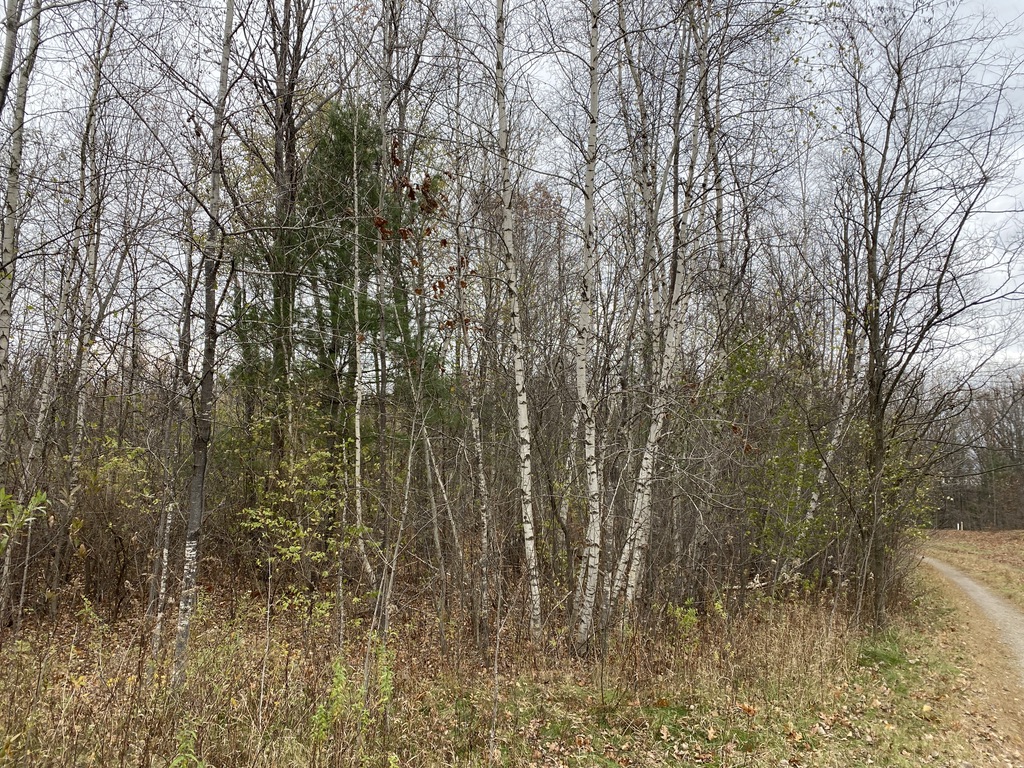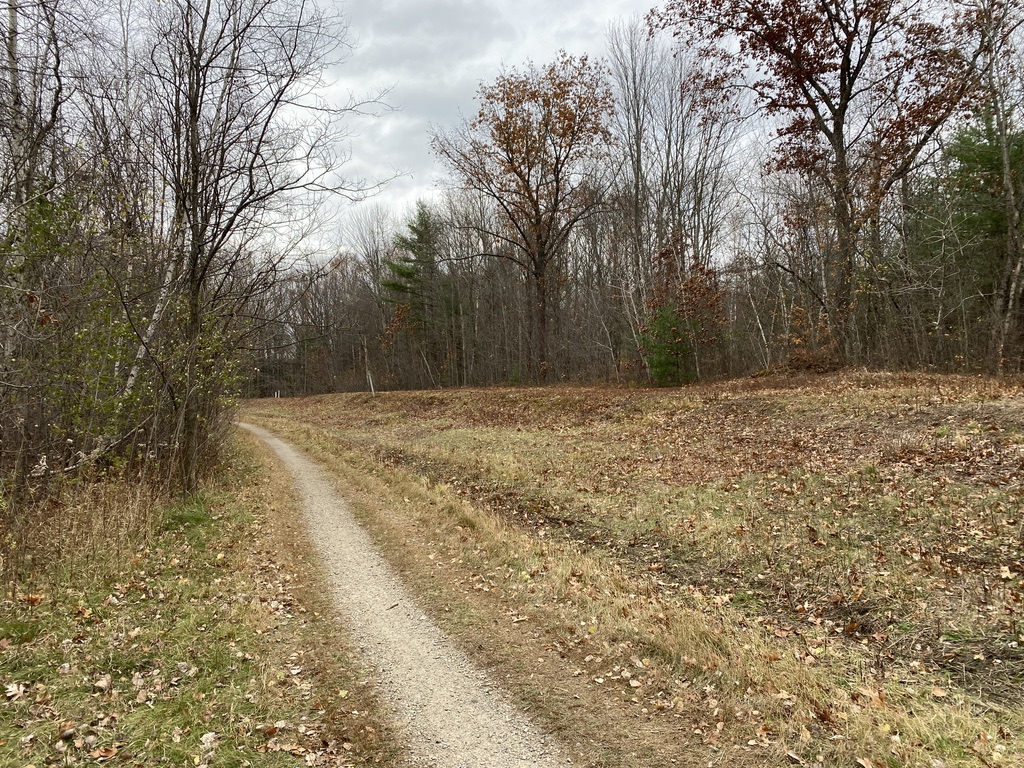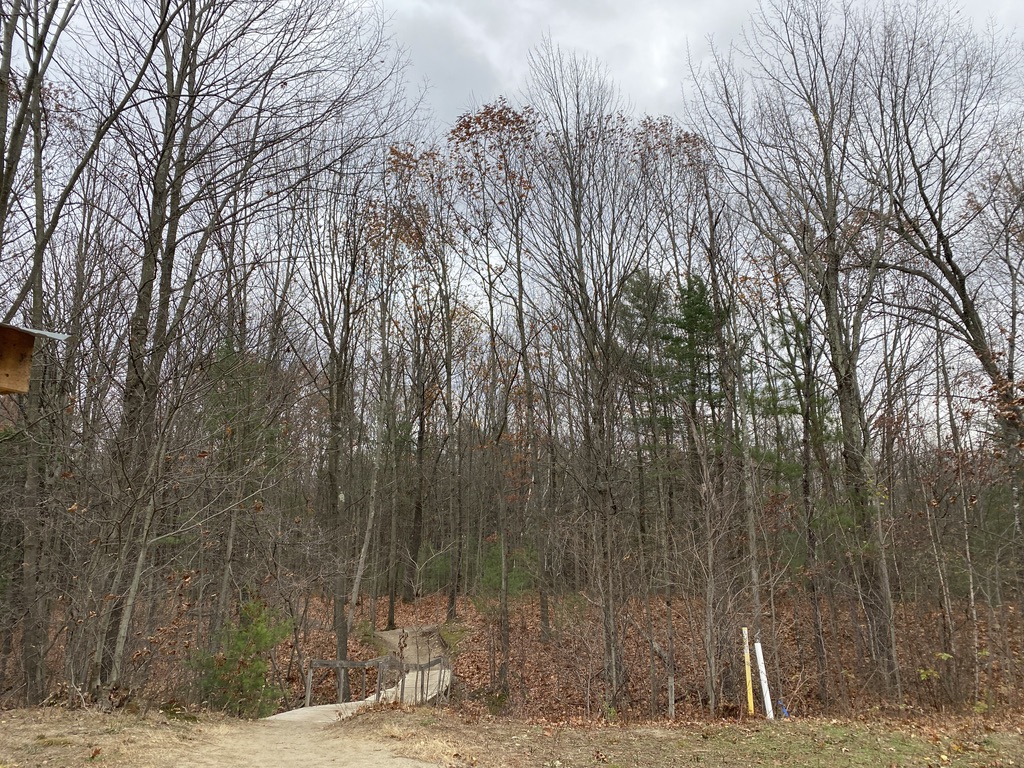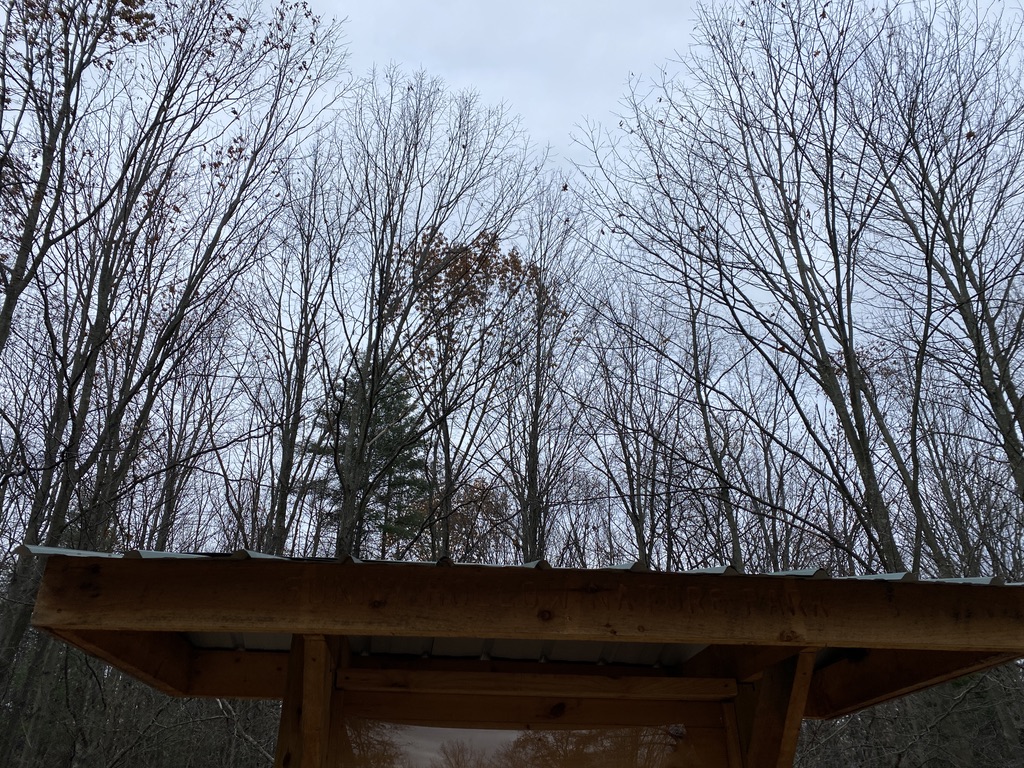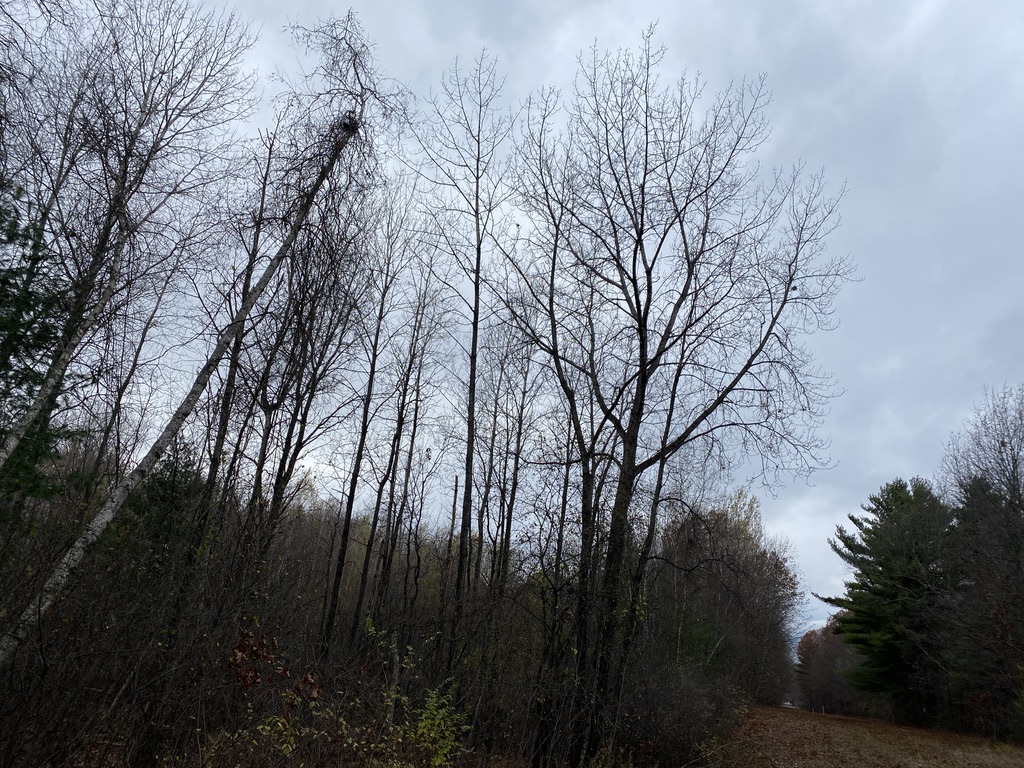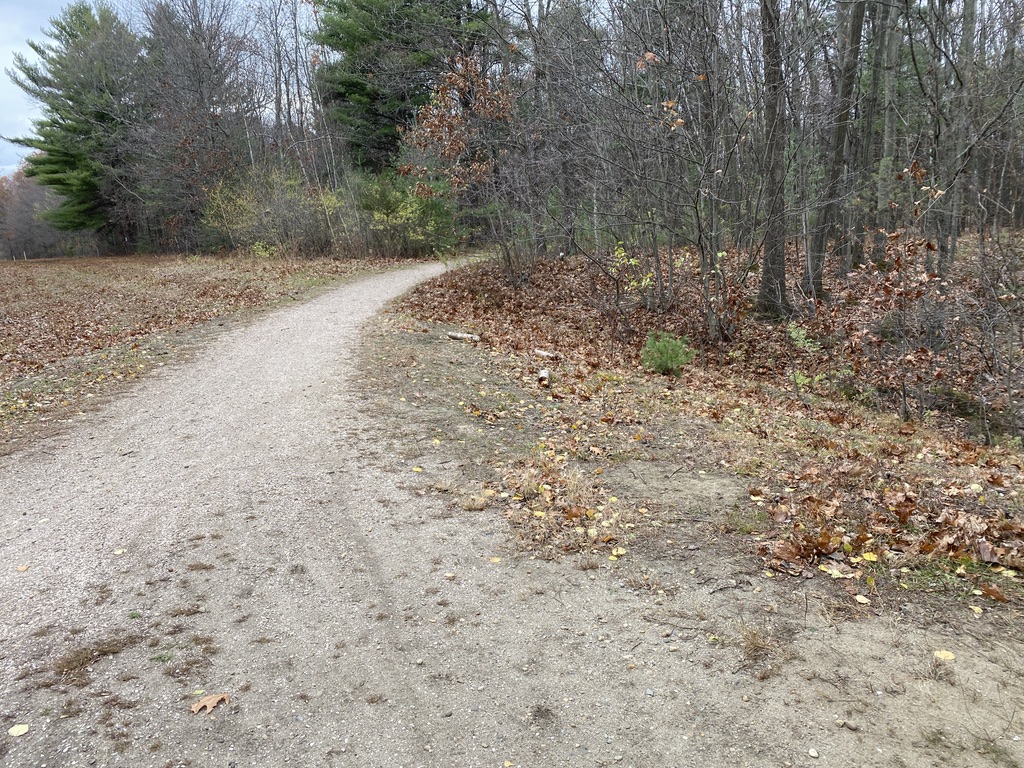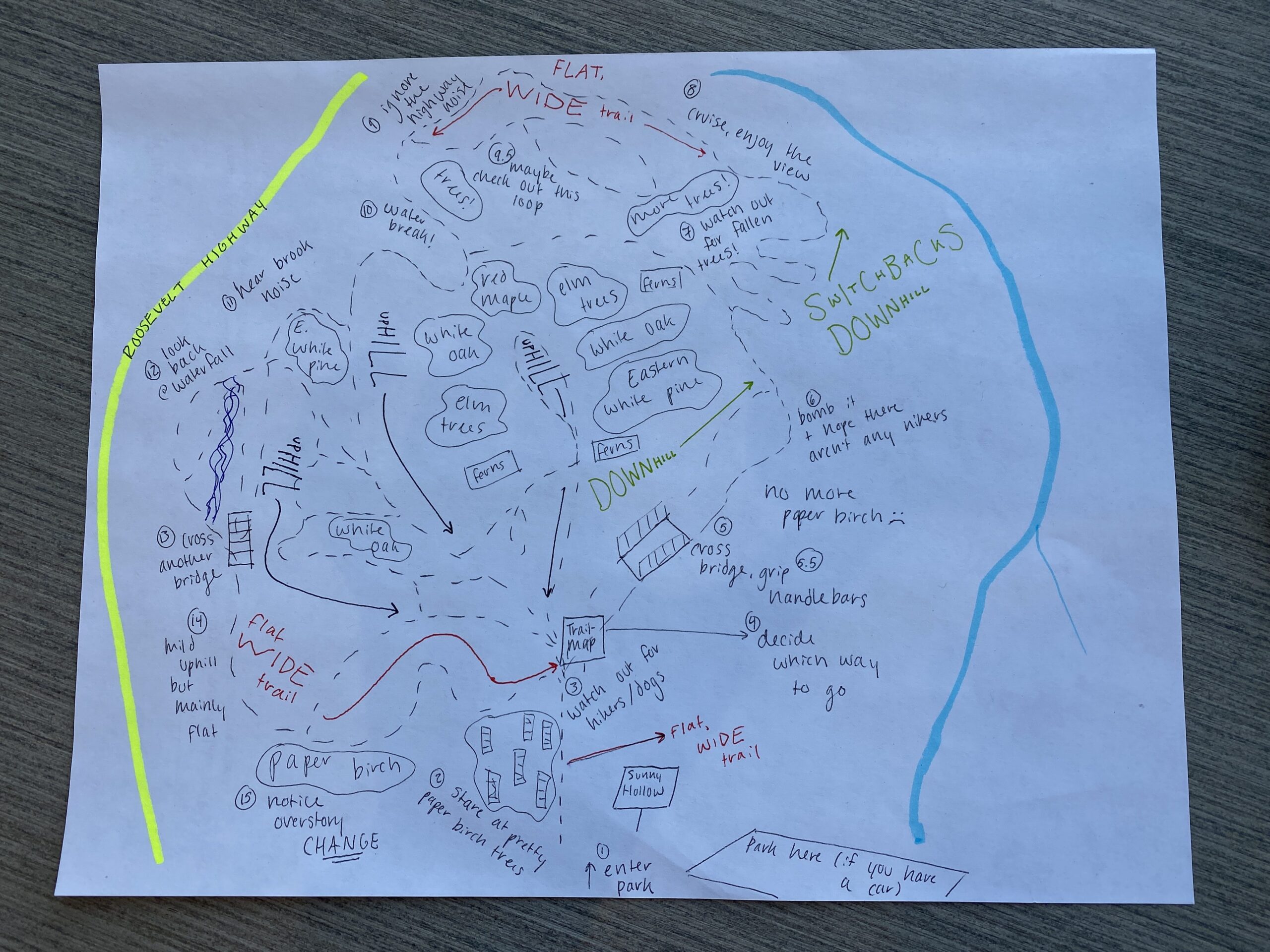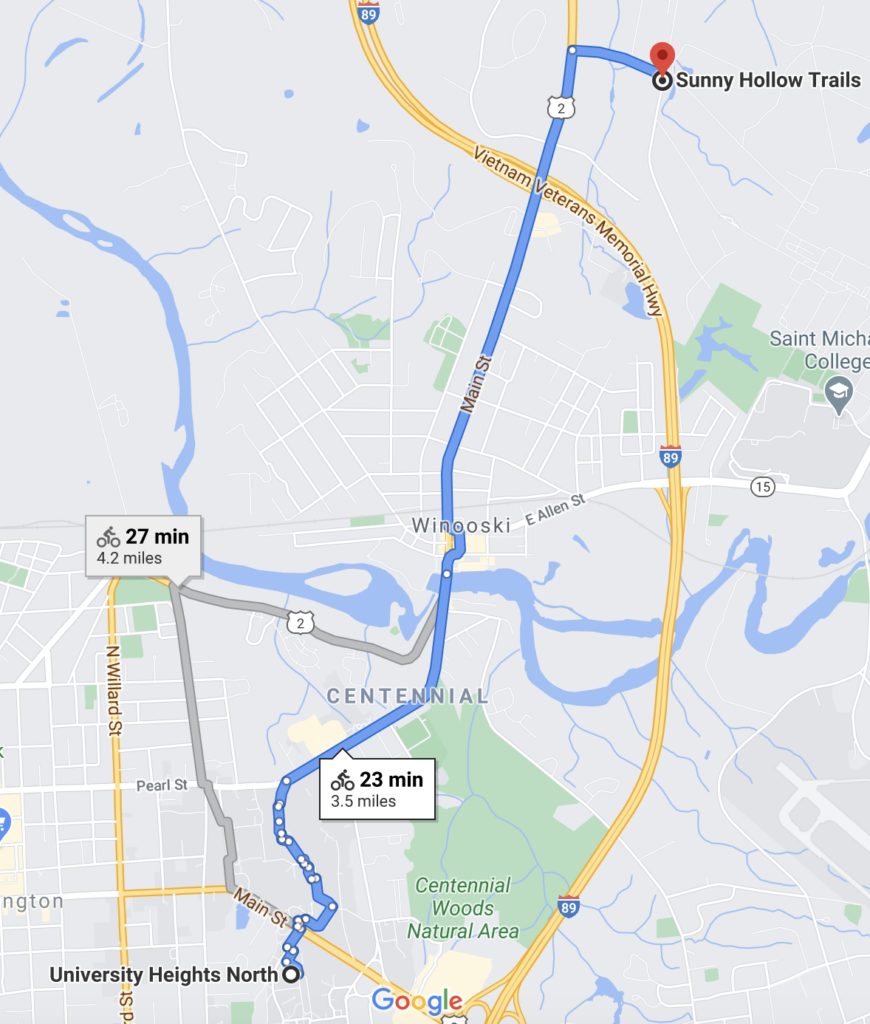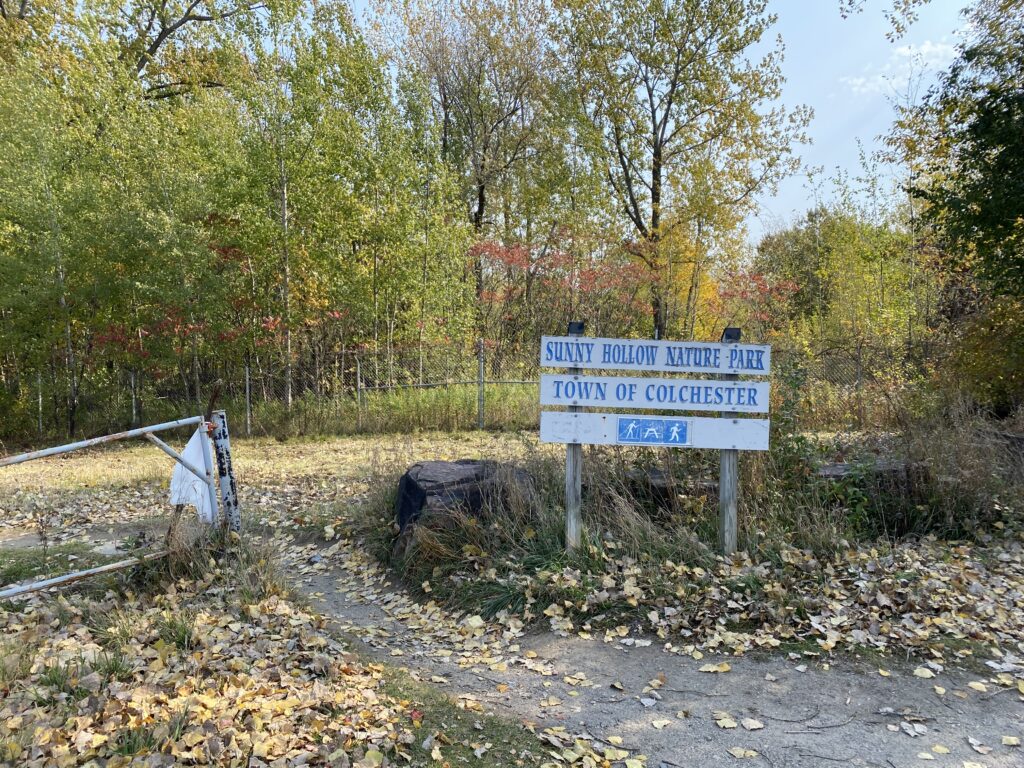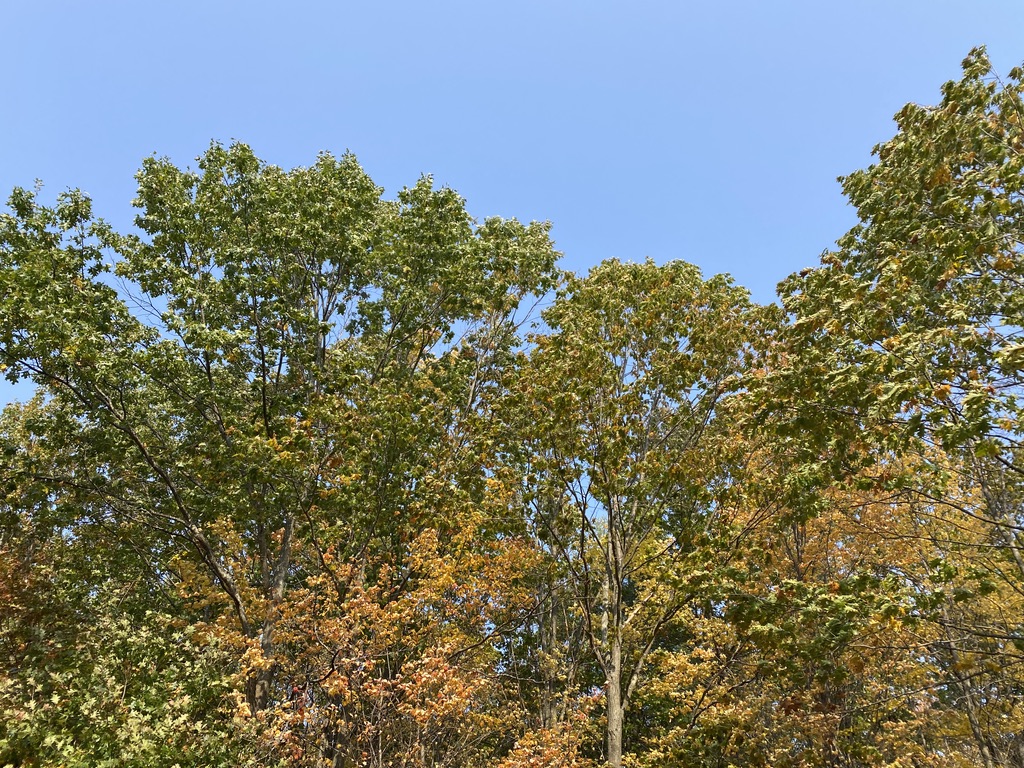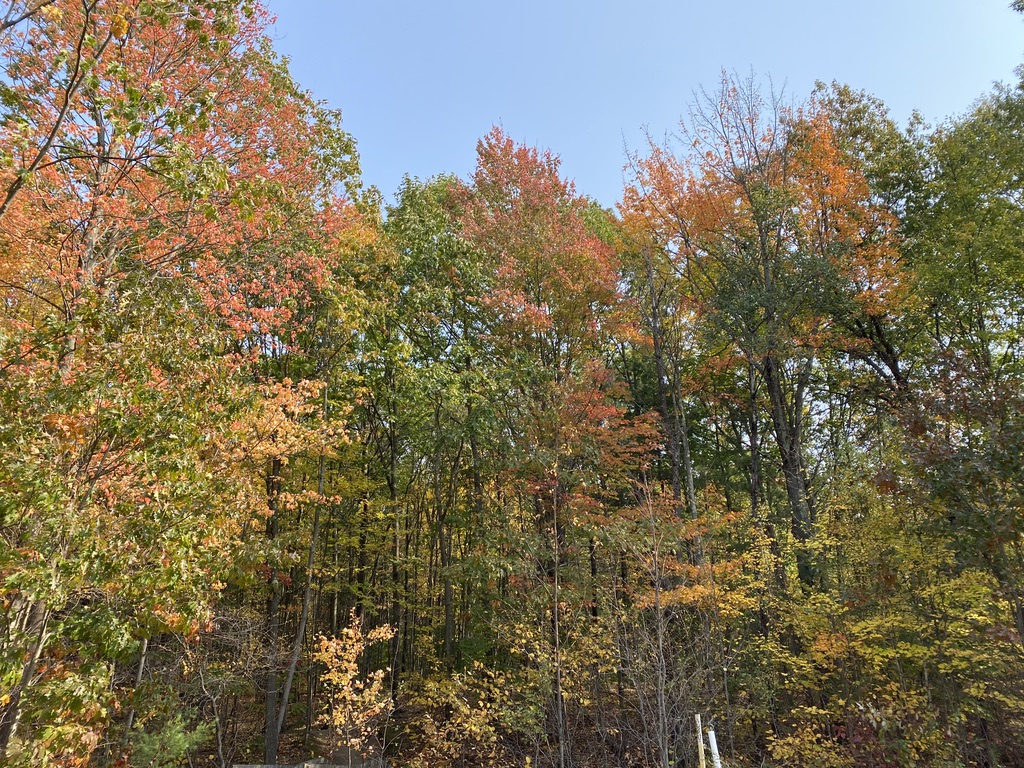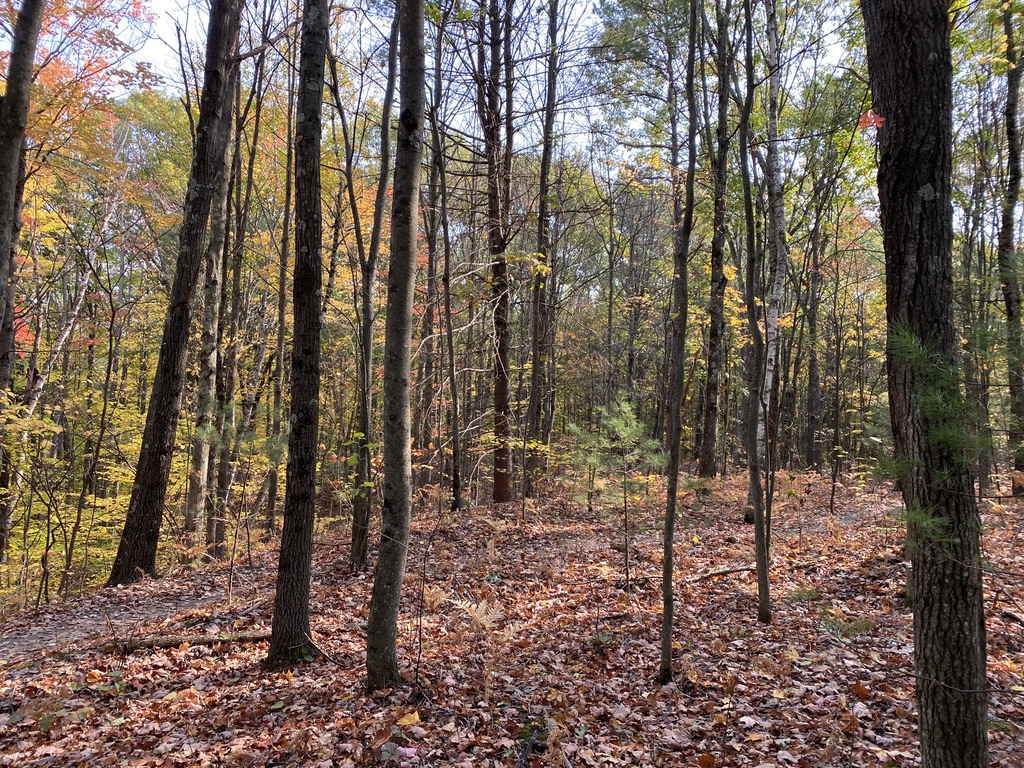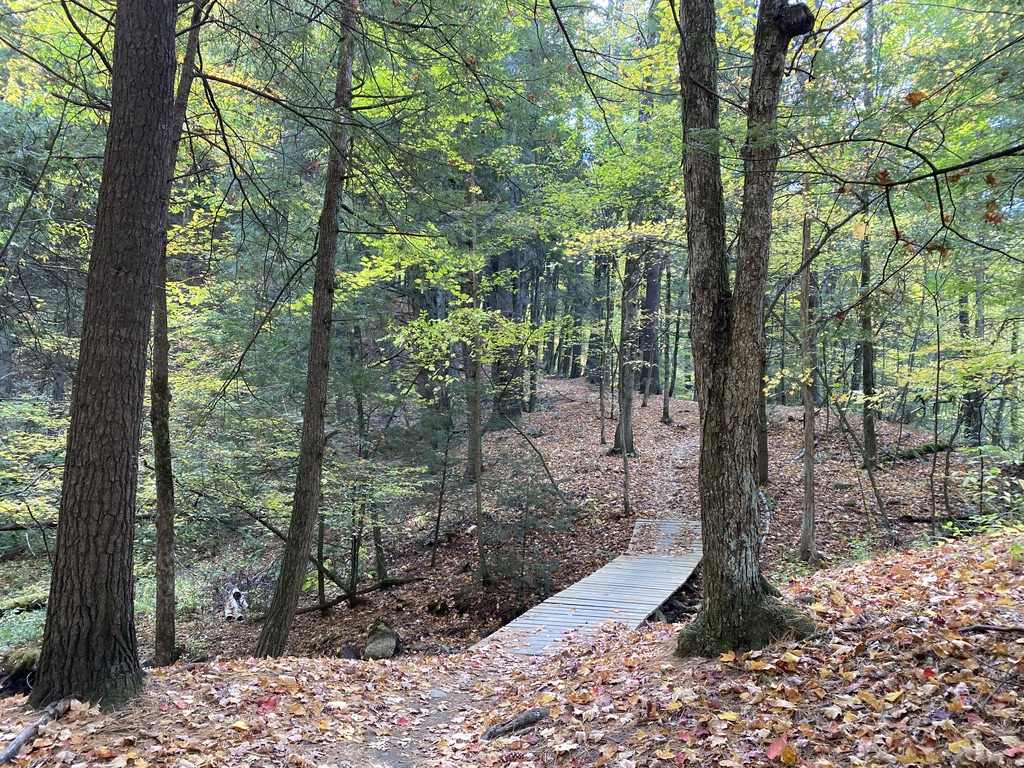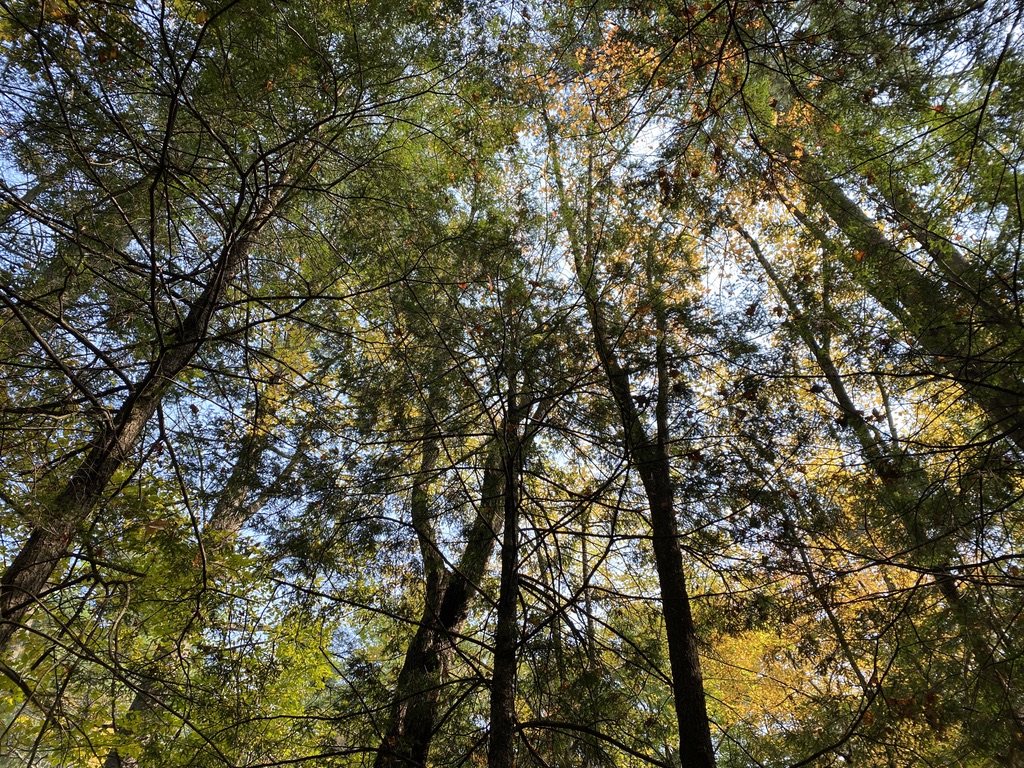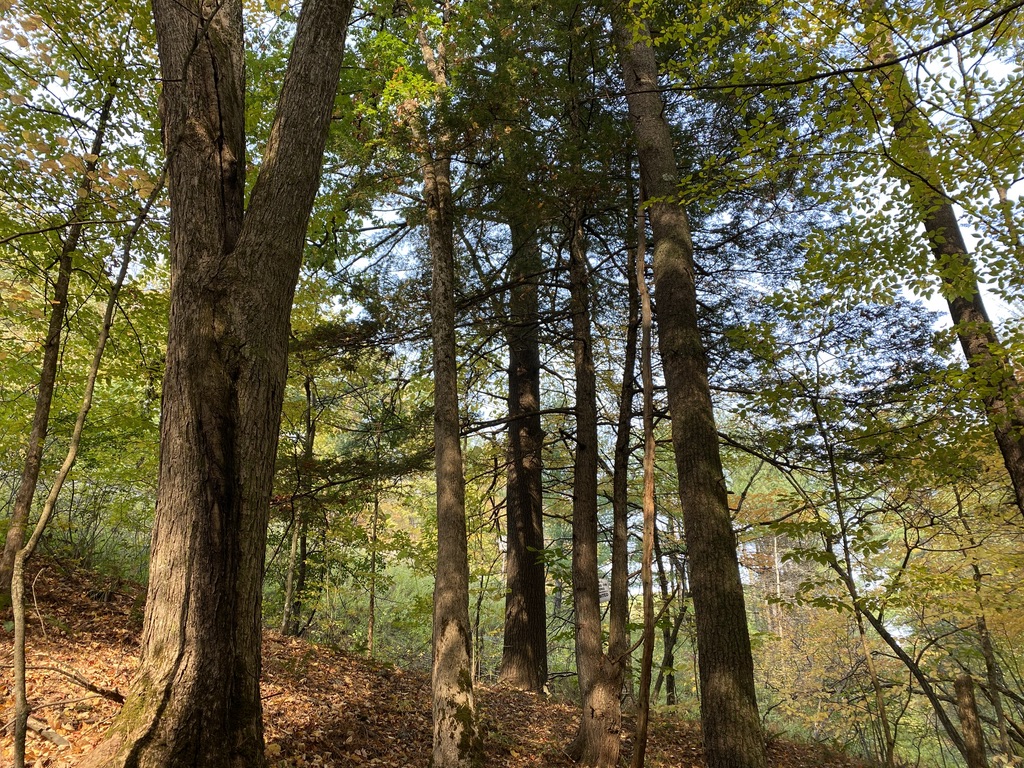Colchester
As one of the oldest communities in the state of Vermont, Colchester was chartered on June 7 of 1763. Colchester Center, the rural part of this primitive town, consisted of farmers, tradesmen and millers who lived north of the busyness of Winooski Falls. In 1813, the first post office in Colchester Center began along with 14 school districts. Unlike Burlington, Colchester is unique in that it lacks a centra downtown area. Historians contribute this to the industrial and commercial uses of the Winooski falls area because it drew rural residents to its downtown for shopping and other business, rather than creating a downtown Colchester. The size of this town, 37 square miles, doesn’t do Colchester too many favors in terms of creating a downtown as there isn’t really space to do so.

The Chartering of Colchester
June 7 of 1963 saw nine charters issued granting a six mile wide strip of land on each side of the Winooski River to primarily residents of New York. These strips of land stretched from the mouth of the river to a point east of the river’s break through the Green Mountains. 10 of these grantees created the next town north of the mouth of the Winooski River that we now know as Burlington. The town on the north shore of the river became what is presently Colchester.
Colchester’s First Farmers
The most primitive infrastructure of this town included saw mills and lumber. William Munson, who worked with Ira Allen to create one of Colchester’s saw mills, formed one of the town’s first farms in 1793, followed by Ebenezer and Elijah Wolcott establishing their farm in 1795.

Farming in the Nineteenth Century
As I draw on my knowledge from NR 001, the sheep era ended in the late eighteenth century which gave way to farming. A variety of crops were grown in Colchester because of the diverse soil composition allowing for successful growing of predominantly potatoes, fruits and grains. The success of the sheep era led to improved use of the acres of land available in Colchester over time as they continued to raise successful crops. This success then shifted from agriculture to dairy as the number of cows rose, and in turn, the production of cheese and butter rose exponentially, even producing as much as 74,775 pounds of butter in 1870 alone.
Twentieth Century Colchester
Colchester farms saw a decline in the middle of the twentieth century, mainly after World War II, as did many areas of Chittenden County and New England as a whole. The dairy production in Colchester that was its main source of revenue saw a great decline as fears of disease from farming caused a change in attitude about agriculture. This led to farmers reassessing how their barns were constructed and what methods they used to farm which lead to a great modernization in agriculture. Many farmers in Colchester came together in union-like communities in attempt to bring fairer prices and circumstances to their farms. Despite all of these efforts, the town’s agricultural production declined following the war causing many farms to close their barn doors permanently.
Colchester Today
According to the 2010 Census, the population of Colchester is 17,067 people, making it the second most populated town in the state of Vermont. As Colchester is a suburb of Burlington, it lies north of the city and on the eastern shore of Lake Champlain. Colchester serves as the base of the Vermont National Guard as well as Saint Michael’s College and Vermont’s campuses of Albany College of Pharmacy and Health Science as well as Southern New Hampshire University. Colchester is also the home of my phenology site, Sunny Hollow Natural Area!

Works Cited
History of Colchester. (n.d.). Retrieved December 01, 2020, from https://www.colchestervt.gov/474/History-of-Colchester
Warburton, E. (2010). Vermont Barn Census. Retrieved December 01, 2020, from http://www.uvm.edu/~hp206/2010/Colchester/Colchester/history.html
Summary Statistics for the U.S., States, and Selected Geographies: 2010. (n.d.). Retrieved December 01, 2020, from https://data.census.gov/cedsci/table?q=colchester+vermont

